NEUROGASTRONOMY
NEUROGASTRONOMY
How the Brain Creates Flavor and Why It Matters
Gordon M. Shepherd
COLUMBIA UNIVERSITY PRESS  NEW YORK
NEW YORK
Columbia University Press
Publishers Since 1893
New York Chichester, West Sussex
cup.columbia.edu
Copyright 2012 Columbia University Press
All rights reserved
E-ISBN 978-0-231-53031-6
Library of Congress Cataloging-in-Publication Data
Shepherd, Gordon M., 1933
Neurogastronomy : how the brain creates flavor and why it matters /
Gordon M. Shepherd.
p. ; cm.
Includes bibliographical references and index.
ISBN 978-0-231-15910-4 (cloth : alk. paper)
ISBN 978-0-231-53031-6 (e-book)
I. Title.
[DNLM: 1. Olfactory Perceptionphysiology. 2. Brainphysiology.
3. Taste Perceptionphysiology. WV 301]
LC-classification not assigned
612.8dc23
2011029170
A Columbia University Press E-book.
CUP would be pleased to hear about your reading experience with this e-book at .
References to Internet Web sites (URLs) were accurate at the time of writing. Neither the author nor Columbia University Press is responsible for URLs that may have expired or changed since the manuscript was prepared.
for Grethe
Eating is our most common behavior. We normally do it every day throughout our lives. Scientists over the past 20 years have elucidated how our urge to eat is largely controlled by hormones, that turn on when we are hungry and off when we are full. But this hormonal control doesnt explain why we like certain foods and not others; why we may crave too much of what we like or too little of what we dont like. To address these questions, a new science of eating is emerging that focuses on food flavors. A common misconception is that the foods contain the flavors. Foods do contain the flavor molecules, but the flavors of those molecules are actually created by our brains. If we are to eat healthfully and avoid the many chronic diseases that are affected by poor diet and nutrition, it is important that we learn how the brain creates the flavors that we experiencein short, we are embarking on a new scientific endeavor that I have called neurogastronomy.
I have been led to this new field by working on how the brain creates images of smells. These findings and other studies from laboratories around the world are radically changing the common view of the sense of smell, from being one of the weakest of our senses, to being, through its role in flavor, one of the most important in our daily lives. This work is leading to a new concept of a unique human brain flavor system, perhaps the most extensive behavioral system in the brain, creating perceptions, emotions, memories, consciousness, language, and decisions, all centered on flavor. By combining brain studies with food studies, and drawing on the wisdom about flavor exchanged within families every time they eat together, neurogastronomy holds the promise of putting healthy eating on a new scientific basis. In this book, I draw on these studies to explain this new field and show that it holds benefits for everyone.
I have many to thank for helping to make this book happen.
Jean Black at Yale gave me early encouragement to write a book on smell. After I had given up the project as being too difficult, my colleague Stuart Firestein revived both me and the manuscript and put me together with Patrick Fitzgerald at Columbia University Press; they both insisted that I could do it. I am grateful to the editors at Nature magazine for inviting me to write an Insight article on smell. Christian Margot persuaded me to keep the focus of that article on retronasal smell and flavor, and that focus led directly to this book.
The theme of smell reflects my many colleagues who have worked with me over the years on how the smell pathway constructs activity patterns of smell molecules that are the basis of smell perception. In addition to being indebted to Stuart, I am grateful to Charles Greer for support at Yale, as well as former students Lewis Haberly, John Kauer, Tom Getchell, William Stewart, Kensaku Mori, Doron Lancet, Patricia Pedersen, Frank Zufall, Trese Leinders-Zufall, Wei Chen, Minghong Ma, Xavier Grosmaitre, and David Willhite, who feature in these pages, and visitors Dennis Lincoln, Burton Slotnick, and Matthias Laska.
I am grateful to Terry Acree for inviting me to be on the faculty of a workshop on flavor, through which I met Harold McGee, who has become a wonderful friend and source of knowledge and inspiration.
My wife, Grethe, and my daughter, Lisbeth, are Francophiles, and this has opened many doors. Beginning with a sabbatical in Paris in 1986, I have been privileged to interact many times with Jean-Didier Vincent, one of Frances leading scientists and philosophers in the worlds of wine and culture. He and several close friends gave Grethe and me an unforgettable evening of ortolan. Through Jean-Didier I took part in a national radio program in France on wine in 2000, another stimulus along the way to this book. Through these activities I met Jean-Claude Berrouet, chief wine taster of the house of Petrus, who provided me with an unforgettable personal tasting of 10 different Petrus wines of different ages, an opportunity to test the idea of images of wines. Pierre-Marie Lledo has been a gracious host on many visits to Paris to pursue common interests in experiments on olfaction in the laboratory and experiments on tasting wines outside.
For my training as a neuroscientist and for laying the foundation for this book, I was fortunate to begin with studies at Oxford University under Charles Phillips and Thomas Powell. Tom was in the Department of Anatomy chaired by Wilfrid le Gros Clark, who was also a leading anthropologist. Through this connection I began my interest in the anthropology of the human sense of smell. In taking up this interest more recently, I was greatly aided by Richard Wrangham and Dan Lieberman at Harvard, starting with a seminar to the Department of Anthropology and continuing with extended discussions with Dan on the evolution of the human head, including the retronasal passageway. After Oxford, Wilfrid Rall at the National Institutes of Health has been an extraordinary friend and mentor, together with colleagues Thomas Reese and Milton Brightman. Later, Frank Sharp and Ed Evarts at the National Institutes of Health led our way to discovering the brain activity patterns representing smell molecules.
My education in the rich world of flavor and the brain has benefited from many colleagues, especially Linda Bartoshuk, Valerie Duffy, Terry Acree, Christian Margot, Avery Gilbert, Bruce Halpern, Marcia Pelchat, Richard Doty, Anthony Sclafani, and Ed Rolls. I have had valuable advice in putting together this book from Valerie Duffy, Justus Verhagen, Dana Small, Daeyeol Lee, and Gary Beauchamp, who have read chapters and offered criticism in their areas of expertise. Harold McGee and Donald Wilson have provided valuable feedback on the entire manuscript. Any residual errors are mine.
For expert guidance in seeing the manuscript through production, Im first grateful to Wendolyn Hill for transforming my scientific slides into the simple and elegant illustrations for this book. Bridget Flannery-Connor has provided expert oversight, Pamela Nelson a sure hand in guiding the production, my editor Patrick Fitzgerald his always unwavering support from beginning to end, and Stuart Firestein with his always wise counsel. Grethe and my family have borne with me throughout, for which I can only say, Tak! Mange tak!
The research on which this book is based has been carried out with support from the Chemical Senses Program of the National Institute for Deafness and Other Communication Disorders, under the National Institutes of Health in Bethesda, Maryland. My main grant has been funded continuously for 42 years. I have also received support from the National Science Foundation, the National Aeronautics and Space Administration, the National Institute on Aging, the National Institute for Drug Abuse, and the Naval Medical Research Laboratory. All of this work has been funded through periodic competitive reviews. I am deeply grateful to the study section committees for their evaluations, and the councils of the institutes for the funds. Our projects have been for animal studies of microcircuits in the smell pathway; the fact that they revealed insights that led to new ways to think about human flavor is one of the great rewards in science, of having the freedom to follow basic research wherever it may lead.
Next page
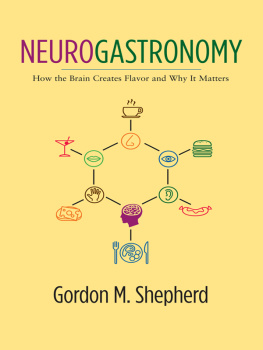
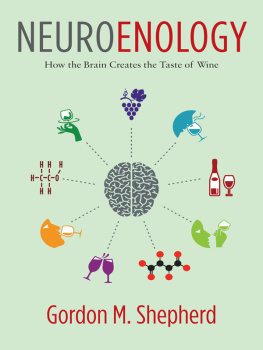
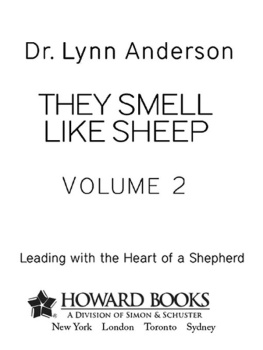


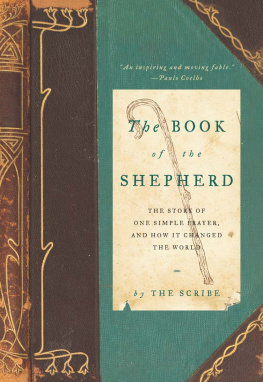


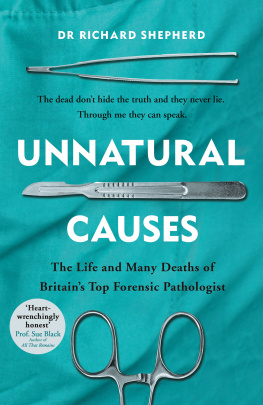

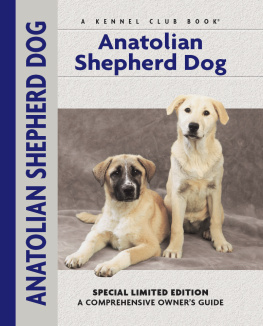


 NEW YORK
NEW YORK